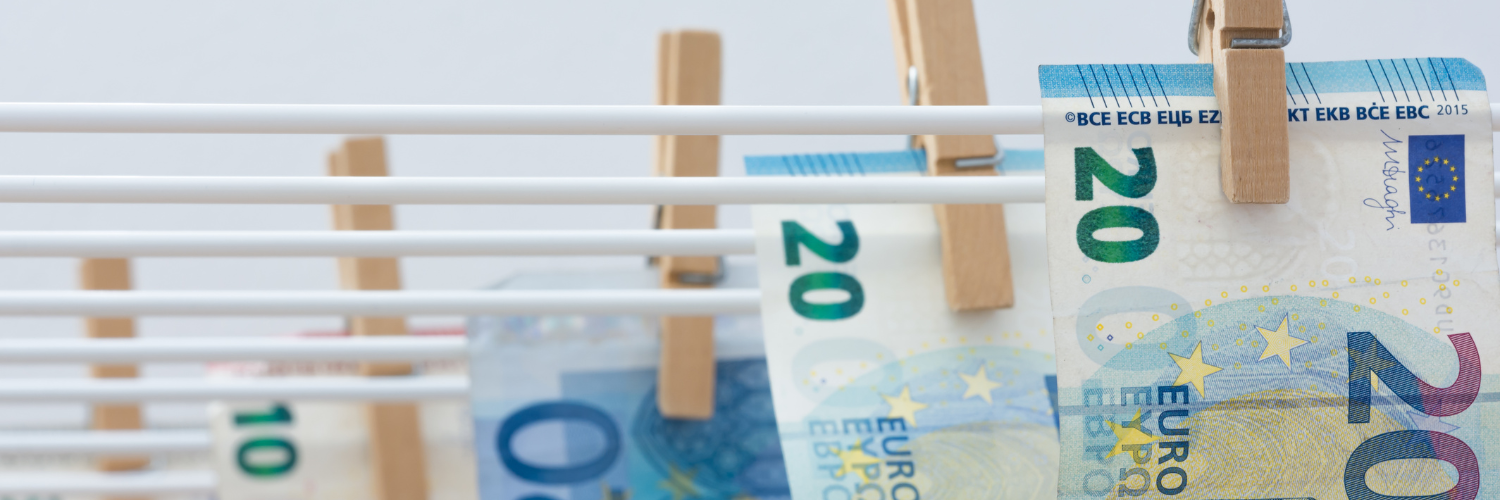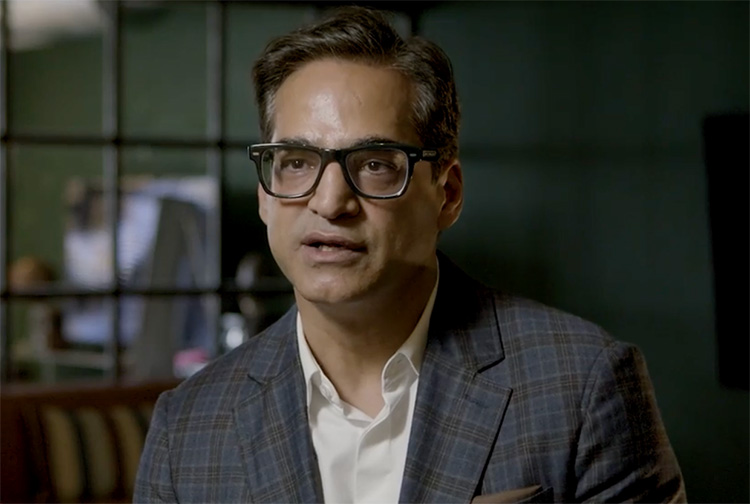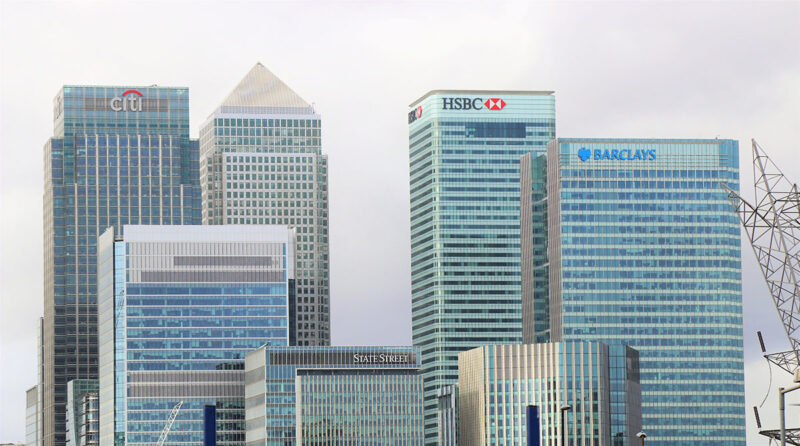

Banking and the mafia: a marriage of convenience
The close relationship between organised crime and the banking sector goes back almost as far as the origins of these two concepts, yet it was in the early 20th century that the contemporary understanding of banking and the mafia was consolidated and spread throughout the world.
Throughout history, organised crime has taken advantage of the promiscuous relationship between politics, business and the financial system to weave a complex web of power and corruption not only to serve its interests but from which all these actors have benefited.
The mafia and banking share the same taste for wealth, risk and easy money, while both have close connections with corrupt governments. Their collaboration was especially evident during the expansion of organised crime families from Italy’s Sicily region into the United States in the early 20th century, and during the politics of gangsterism in Nationalist China throughout the final stages of the opium trade.
These alliances provided the mafia with access to financial resources and a semblance of legitimisation in its expansion into new markets through illicit business, while at the same time banking economic benefits from financing illegal operations, facilitating money transactions and money laundering.
The alcohol gangsters
During the thirteen years of Prohibition in the United States, organised crime and alcohol flooded the black market, leaving a trail of bullet-riddled corpses. Underground distilleries serving liquor were controlled by gangsters such as Meyer Lansky, Lucky Luciano, Dutch Schultz and Al Capone, who bribed police, politicians, and judges.
The profit margins from the illegal importation and sale of alcohol were equivalent to what the drug market was years later. Millions of cases of alcohol entered the US every week, which had to be processed and distributed throughout the country. This required the collaboration of several actors, including the banking sector.
New York was the entry point for most of the alcohol contraband coming into the country, but it was also the convergence point for financial capital and political influence in the United States. Collaboration in the laundering of money from the illegal sale of alcohol continued until the prosecution of Al Capone for tax evasion and the end of the prohibition period.
The Mafia’s accountant
The arrest of Al Capone inspired Meyer Lansky, accountant, Jewish mobster, and Lucky Luciano’s partner, not to make the same mistake and to structure elaborate international financial conglomerates in tax havens to hide the money from illicit businesses. Lansky even bought a bank in Switzerland, which he used to launder money through a network of shell companies.
At the end of World War II, Luciano controlled, with the collaboration of Cuban President Fulgencio Batista, many of Havana’s casinos. Lansky was instrumental in orchestrating the whole operation and facilitated the landing of Italian mafia money in Cuba. Even so, his casino dealings were understood to be in Las Vegas, the Bahamas, and London.
At the outbreak of the Cuban Revolution in 1959, the new government of Fidel Castro expropriated all the casinos and hotels, forcing the mobsters to flee in disarray. Lansky did not accept Fidel’s conditions for continued investment on the island and left the country for good, leaving behind much of his multi-million dollar wealth.
God’s banker
Michele Sindona, known as “The Shark”, was a leading figure in the financial world of the 20th century, but his career was surrounded by controversy, scandal, and crime and born on 8 May 1920 in Patti, in the region of Sicily. He studied law at the University of Messina and began his career as a lawyer, but soon changed course to the world of banking.
He moved to Milan, where he worked as a tax lawyer for wealthy Italians who wanted to avoid paying taxes. Furthermore, he soon gained recognition from the Italian Mafia as a financial expert and quickly rose through the ranks of international banking.
In the early 1950s, he travelled to New York and met the Gambino family, who hired him to manage their profits from heroin sales. At the same time, Sindona had acquired, through his holding company Fasco, several Italian banks, establishing close links with the Vatican and earning a reputation as a trusted financial intermediary for the Catholic Church.
Its progress continued until the beginning of its association with the Vatican Bank in 1969 when large amounts of money passed from Sindona’s banks via the Vatican to Swiss banks. These events earned him the nickname “God’s banker”.
As a Vatican banker, he played a key role in the collapse of Banco Ambrosiano – of which the Vatican Bank was the largest shareholder – in one of the most scandalous events in the financial world of the 1970s. Sindona manipulated the bank’s accounts to conceal massive losses and finance his business ventures.
In 1980, he was convicted and imprisoned in the United States on various charges related to fraud and money laundering. In September 1984 he was extradited to Italy, where he was imprisoned in Voghera. Two years later he was sentenced to life imprisonment as the instigator of the murder of Commissario Giorgio Ambrosoli and, a few days later, died of cyanide poisoning in a coffee cup, believed to be his own doing.
If you want to find out how to get returns on your savings with a social justice product, 11Onze recommends Litigation Funding.
Leave a Reply
You must be logged in to post a comment.





Molt il·lustratiu.
Gràcies, Manel. L’article està molt resumit, però toca els principals punts clau.